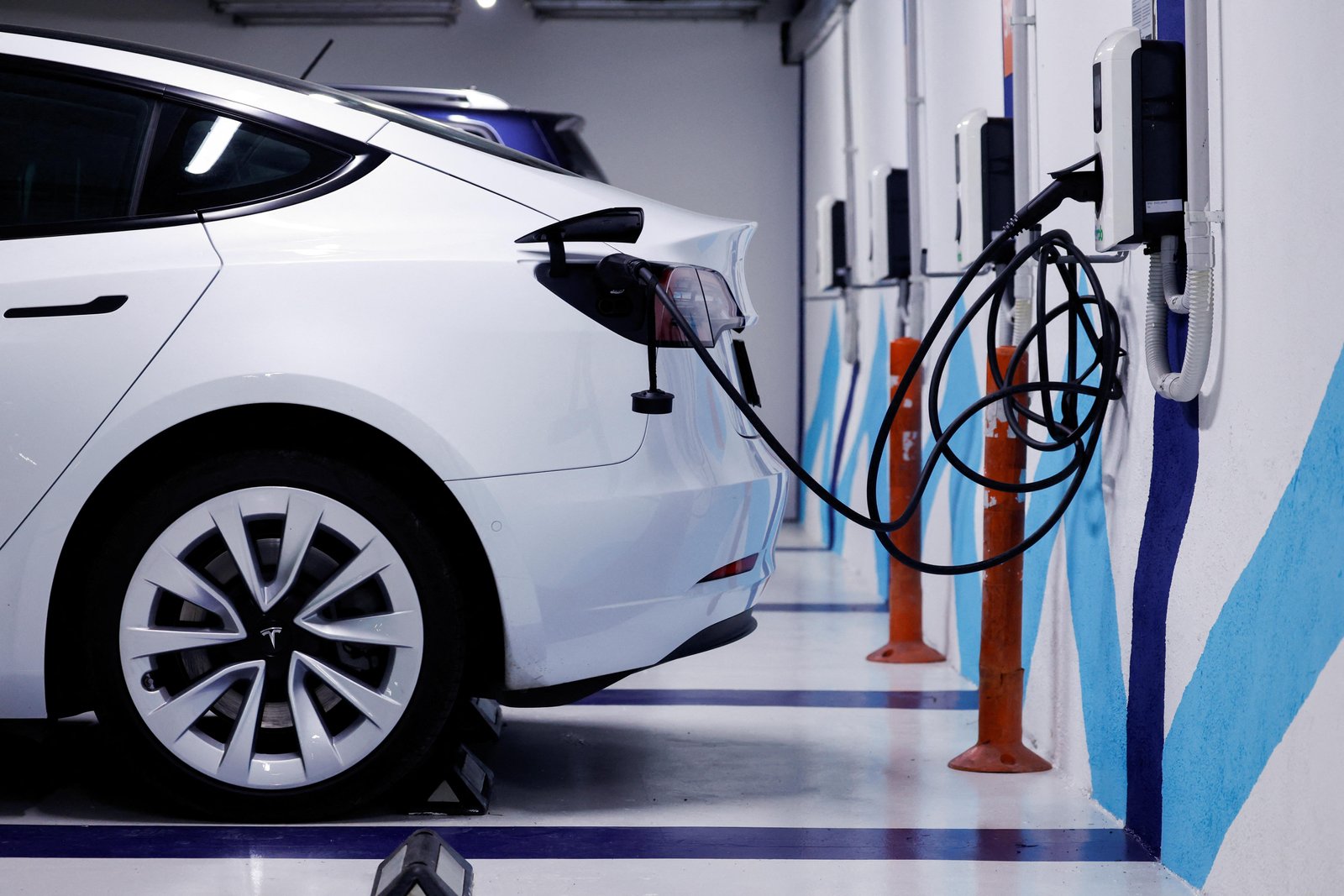Table of Contents
As we glide along the roads of modern life, the cars we drive have undergone a remarkable transformation. From the clunky, steam-powered vehicles of the 19th century to sleek electric models, each chapter of automotive history tells a story of innovation and ingenuity. With every new design, engineers and visionaries have pushed the boundaries of technology, sustainability, and user experience.
Today, we stand on the precipice of a new era in automotive evolution. Autonomous driving, connectivity, and smart features are not just futuristic concepts; they are becoming reality. The question now is: how will these advancements redefine our relationship with mobility?
The Rise of Electric Vehicles and Their Impact on the Automotive Landscape
The automotive landscape is undergoing a paradigm shift with the surge of electric vehicles (EVs). This revolution is not just about technology; it’s a new way of thinking about transportation, sustainability, and lifestyle. EVs are rapidly gaining traction due to their environmental benefits, including reduced greenhouse gas emissions and lower pollution levels. As public awareness increases, consumer demand for electric models is driving manufacturers to innovate at an unprecedented pace, reshaping traditional manufacturing processes and supply chains.
Automakers are responding by investing heavily in research and development, resulting in a diverse array of EV models that cater to various consumer preferences. The impact extends beyond just cars; related industries — such as charging infrastructure and battery production — are booming. Here are key areas affected:
- Investment Growth: Companies are funneling billions into EV technology.
- Policy Changes: Governments are implementing incentives for EV adoption.
- Market Competition: New players are emerging, disrupting the status quo.
| Factor | Impact |
|---|---|
| Charging Infrastructure | Rapid expansion of public charging stations |
| Battery Technology | Longer battery life and quicker charging times |
| Consumer Awareness | Increased knowledge about sustainability |

Innovations in Autonomous Driving Technology and Safety Features
As the automotive landscape shifts towards smarter and more efficient vehicles, revolutionary advancements are transforming how we perceive mobility. From machine learning algorithms to sophisticated sensor systems, autonomous driving technology is reshaping the driving experience. Innovations like lidar and computer vision empower cars to navigate complex environments with precision, while real-time data analysis enhances decision-making capabilities.
Safety features have also evolved to ensure that autonomous vehicles can protect passengers and pedestrians alike. Notable advancements include collision avoidance systems, automated emergency braking, and adaptive cruise control. These technologies work together to create a seamless safety net, minimizing human error and maximizing peace of mind.
| Technology | Function |
|---|---|
| Lidar | Environmental mapping |
| Machine Learning | Predictive analysis |
| Adaptive Cruise Control | Speed adjustment |
| Emergency Braking | Collision prevention |

Sustainability in Automotive Manufacturing: Redefining the Industry Standards
The automotive industry is undergoing a transformation, embracing sustainable practices like never before. Manufacturers are adopting innovative technologies that minimize waste and reduce carbon footprints. This shift includes the use of recyclable materials, advanced manufacturing processes, and energy-efficient production methods.
By focusing on sustainability, companies are not only cutting costs but are also enhancing their brand reputation. Key strategies include:
- Implementing closed-loop systems to reduce waste
- Utilizing renewable energy sources in production
- Incorporating eco-friendly materials in vehicle designs
Moreover, collaborations with suppliers and stakeholders are crucial for pushing sustainability goals. As the demand for greener vehicles rises, automotive leaders are setting new benchmarks for the industry. Here’s a snapshot of current initiatives:
| Brand | Sustainability Initiative |
|---|---|
| Tesla | 100% renewable energy at Gigafactories |
| BMW | Recycled aluminum usage in cars |
| Ford | Plant-based materials in interiors |

The Future of In-Car Connectivity and User Experience Enhancements
As vehicles evolve, the integration of advanced in-car connectivity will redefine user interactions. Smartphone integration will continue to improve, enabling seamless access to apps and navigational tools from the dashboard. Connectivity options like 5G and Wi-Fi hotspots will enhance real-time data sharing, connecting drivers with other vehicles and infrastructure for a safer, smarter driving experience.
Future enhancements will focus on personalization, offering drivers customized interfaces based on preferences. Voice-activated controls and AI-driven assistants will provide hands-free operation, transforming the car into a personalized digital space. Additionally, manufacturers may explore partnerships with tech giants to integrate emerging technologies like augmented reality (AR) for immersive navigation experiences.
| Feature | Description |
|---|---|
| Smartphone Integration | Seamless access to apps and tools. |
| 5G Connectivity | Faster data sharing and improved safety. |
| Voice Activation | Hands-free interaction with the vehicle. |
| Augmented Reality | Immersive navigation experiences. |
To Wrap It Up
As we accelerate into the future, the evolution of modern cars is reshaping not only our vehicles but also our daily lives. The transition from traditional engines to electric powertrains signifies a monumental shift towards sustainability. Key advancements include:
- Autonomous driving technologies that promise to enhance safety and reduce traffic congestion.
- Connected vehicle systems enabling real-time communication between cars and infrastructure.
- The integration of smart technology, providing drivers with unprecedented levels of convenience and control.
This journey reflects a move towards a more intelligent and eco-friendly transportation landscape.
The road ahead is exciting, full of possibilities that can redefine mobility. Trends such as vehicle-to-everything (V2X) communication and shared mobility solutions are creating a more interconnected world. As these innovations take flight, we must remain conscious of their implications on our environment and society.
In embracing these advancements, we not only drive into the future but also pave the way for a new era of automotive excellence. The evolution of modern cars is not just about engineering; it’s about transforming our lifestyles while keeping sustainability at the forefront. As we look ahead, let us navigate this journey with curiosity and responsibility.



